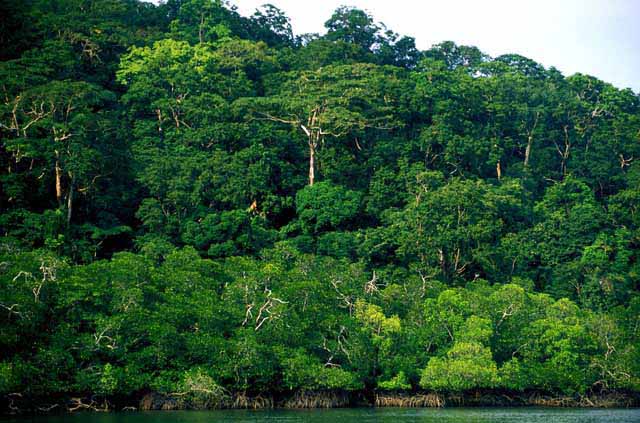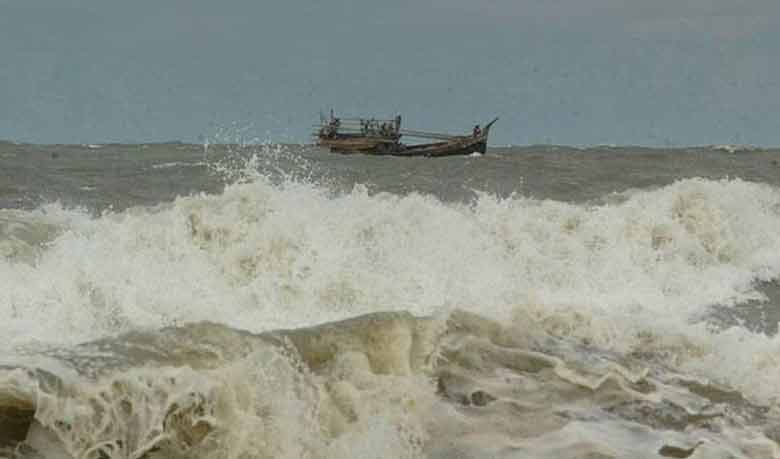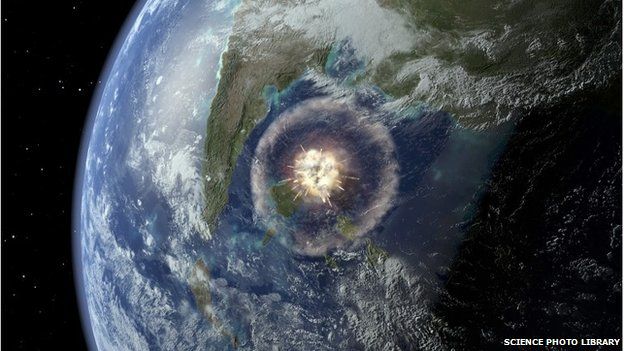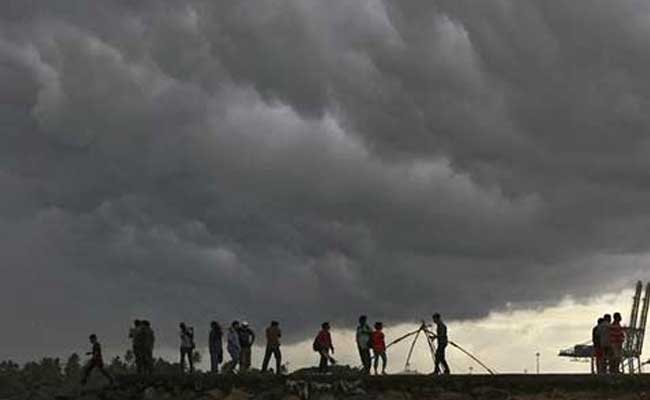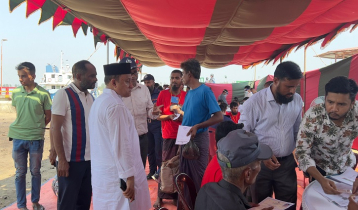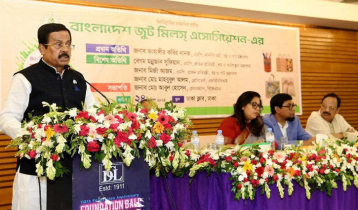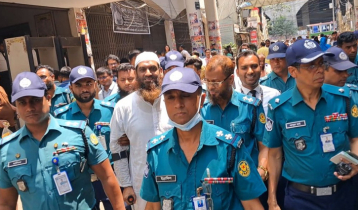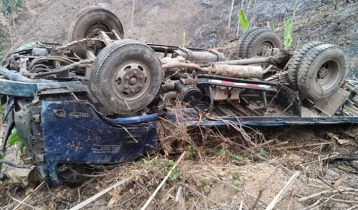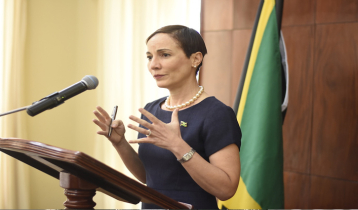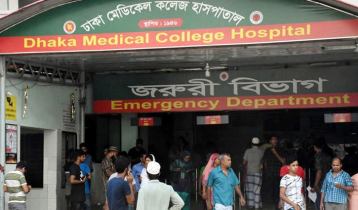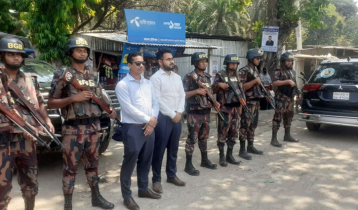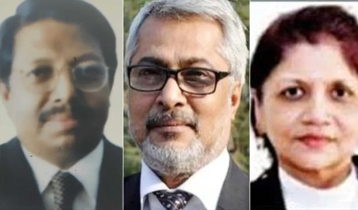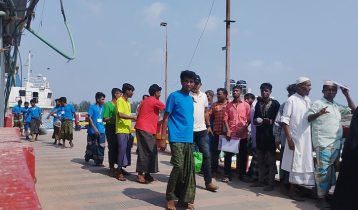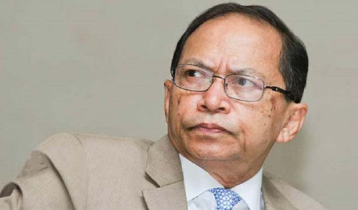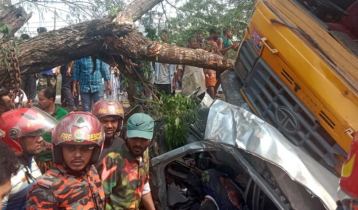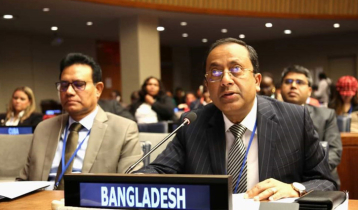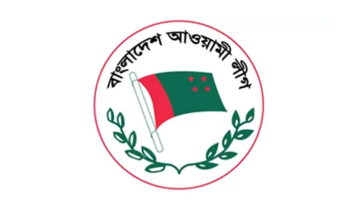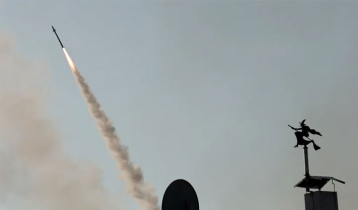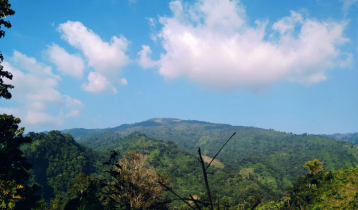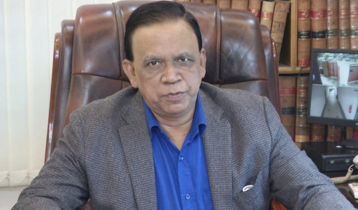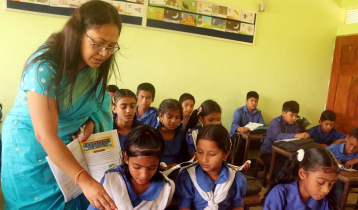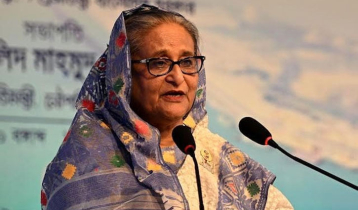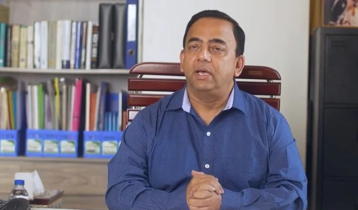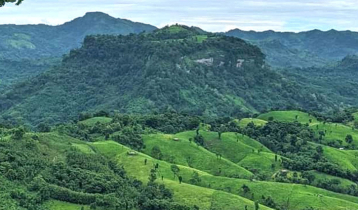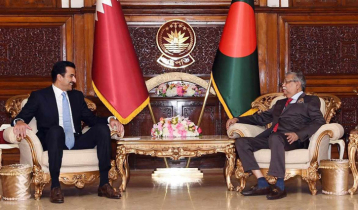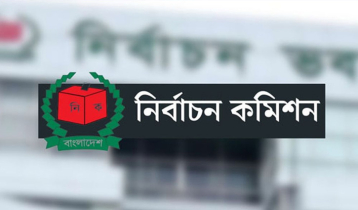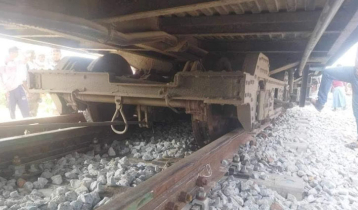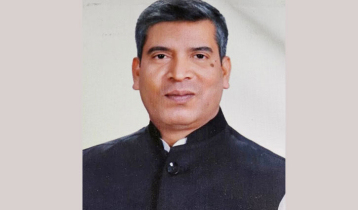Aftershocks may continue for weeks, months: Experts
Manzurul Alam Mukul || risingbd.com
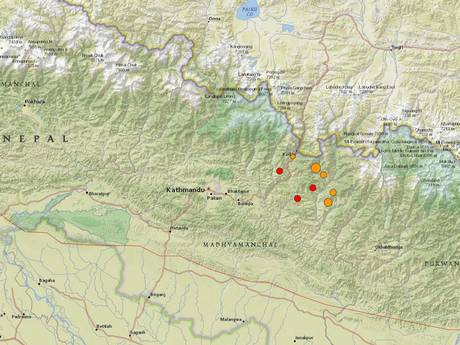
Risingbd Desk: The earthquake of 7.4 magnitude that hit Nepal and some parts of India on Tuesday was an `aftershock` of the main event (measuring 7.9 that occurred on April 25) and expert said there is a strong possibility of many more shocks of varying magnitude and intensity in the coming weeks and months.
Epicentre of the one that hit the region at 12.35 PM (IST) on Tuesday was around 18 km southeast of Kodari in Nepal. It was followed by six more shocks of lesser magnitude (ranging from 4.2 to 6.2 magnitude) till 2.04 PM.
"Aftershocks will continue for weeks or may be months," said India Meteorological Department (IMD) chief LS Rathore.
Though aftershocks are quite normal seismic events in the wake of a quake of high magnitude, the one that hit on Tuesday was scary as it measured quite high on the Richter scale as compared to 111 other aftershocks between April 25 and May 12.
Since Tuesday`s quake was deeper (18.5 km below the ground) as compared to the April 25 (15 km) quake, it caused much less damage than the one caused by main event.
The entire region faced as many as 112 aftershocks (till 2.04 PM on Tuesday) with 83 being felt during the first six days of the April 25 quake that claimed more than 8000 lives in Nepal alone.
According to the United States Geological Survey (USGS), `aftershocks` are smaller earthquakes that occur in the same general area during the days to years following the `main shock`. Its website said most aftershocks occur on the same fault as the main shock, but other faults nearby and extensions of the main shock fault can also produce aftershocks.
"Tuesday`s seismic event was technically an aftershock and one should expect many more such shocks. If an event of higher magnitude (than the April 25 earthquake that recorded 7.9) occurs in the coming weeks or months, all the preceding events would be termed as `foreshocks` and the one with the highest magnitude will be called the main event," said Harsh Gupta, former director of the Hyderabad-based National Geophysical Research Institute.
Almost all major earthquakes in and around India have had history of many aftershocks. The one that hit India and China on August 15, 1950 with its epicentre on Arunachal Pradesh border was followed by aftershocks for nearly four years after the main event of 8.5 magnitude. One of the aftershocks measuring 8 on Richter scale was felt even after two years.
Source: Times of India
risingbd/May 13, 2015/Mukul
risingbd.com



